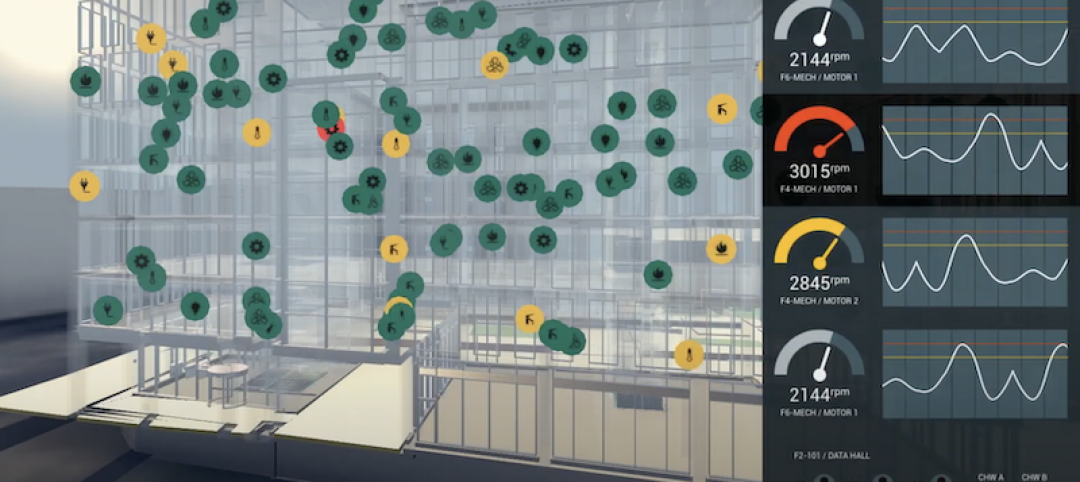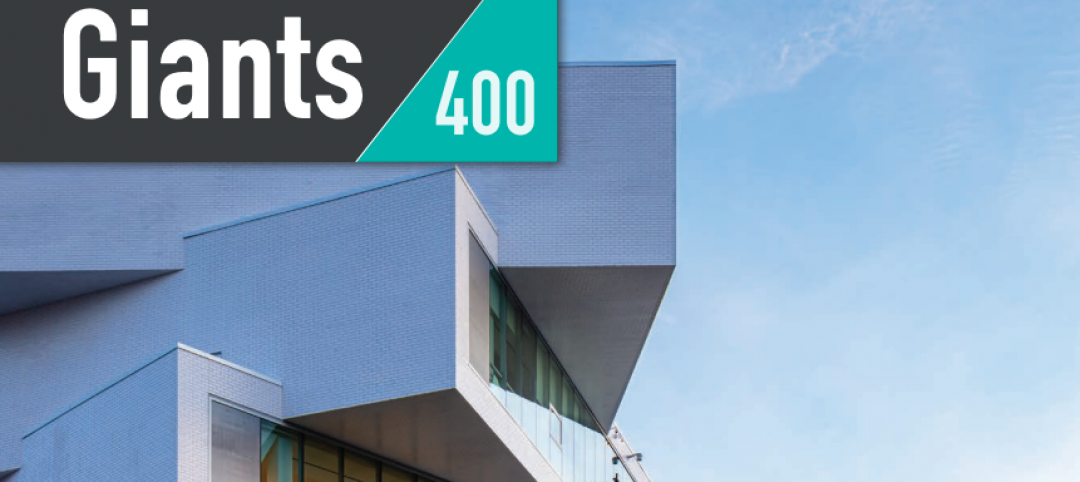The final public element for the rebuilding of the World Trade Center complex in New York City is a performing arts center that’s expected to open next September. That month will also mark the one-year anniversary of the opening of an adaptive reuse which converted what once was a greenhouse in Tarrytown, N.Y., into a flexible, 8,000-sf performance and rehearsal space, artists’ gallery and studio.
The architecture firm REX, working in collaboration with executive architect Davis Brody Bond, theater consultant Charcoalblue, and Threshold Acoustics, designed the eight-story, 138-foot-tall Perelman Performing Arts Center, located in lower Manhattan. The 129,000-sf cube-shaped PAC will provide new spaces for theater, dance, music, chamber opera, film, and media events.
Its three theaters—the John A. Zuccotti Theater, that can accommodate 450 seats; the Mike Nichols Theater, with a 250-seat capacity; and the Doris Duke Theater, which can have up to 99 seats—can be adjusted or combined into 10 different configurations.


The PAC will be adjacent to the World Trade Center Oculus and Transportation Hub. Because it is being built over an existing subway and rail complex, the project’s structural engineer Magnusson Klemencic Associates devised a system that would support that building’s mass, consisting of seven mega columns through the existing infrastructure that hold aloft a belt-truss structure within which the PAC’s auditoria “float.”
The building’s exterior is wrapped with nearly 5,000 5x3-ft marble panels from Portugal, each weighing 295 lbs. (Front is the façade consultant.) Inside, the PAC is organized into three levels: a public level accessible by grand staircase or elevator that encompasses the lobby concourse and stage; an “artists” level with dressing rooms, green rooms, and wardrobe areas; and a “play” level for the three theaters and rehearsal space.

Rockwell Group designed the building’s lobby and restaurant concept restaurant. The project’s estimated cost is $500 million. Its building team includes Sciame (CM), ARUP (circulation consultant), Atelier Ten (sustainability consultant), and Wilson Ihrig (noise and vibration consultant)
From greenhouse to green performing arts center

Pocantico Center, the 216-acre former Rockefeller family estate in Tarrytown, housed John D. Rockefeller’s historic Orangerie, an orange tree greenhouse with 26-ft-high ceilings, that was opened in 1906.
The Orangerie had long been dormant when the Rockefeller Brothers Fund hired the architecture firm FXCollaborative to rehabilitate the building into a multidisciplinary arts center that would also be a model for sustainable design, and inclusion.
This adaptive reuse, now called the David Rockefeller Creative Arts Center, “is rooted in supporting the creative process across artistic disciplines,” said Brandon Massey, AIA, LEED GA, Senior Associate at FXCollaborative, in a prepared statement. This renovation, at a cost of $26 million, was completed within the guidelines of the National Trust for Historic Preservation. (Li Salzman Architects was the project’s historic preservation consultant.)


The reno added concrete slab flooring and sectioned off different areas of the building’s interior for specific performance or installation spaces. The building team added stage and rehearsal studios that can pivot 90 degrees. Also added were 40-ft-wide doors in the back of the building.
The design and construction aspired the building to achieve net-zero energy performance and LEED Platinum certification. The building’s green features include energy efficient windows, solar panels, and rainwater recapture.

The building team on this project included York Construction Corp (CM), Silman Structural Engineers (SE), Langan Engineering (CE), Altieri Sebor Wieber (MEP/FP), and Envoie Projects (owner’s rep.).
Related Stories
Performing Arts Centers | Sep 28, 2021
On its Golden anniversary, Parish Episcopal School in Dallas adds a performing arts center
The new building’s design blends in with the campus’ existing structures.
Giants 400 | Aug 30, 2021
2021 Giants 400 Report: Ranking the largest architecture, engineering, and construction firms in the U.S.
The 2021 Giants 400 Report includes more than 130 rankings across 25 building sectors and specialty categories.
Resiliency | Aug 19, 2021
White paper outlines cost-effective flood protection approaches for building owners
A new white paper from Walter P Moore offers an in-depth review of the flood protection process and proven approaches.
Performing Arts Centers | Aug 10, 2021
Redesigned Frost Amphitheater completes, opens at Stanford University
CAW Architects designed the project.
Resiliency | Jun 24, 2021
Oceanographer John Englander talks resiliency and buildings [new on HorizonTV]
New on HorizonTV, oceanographer John Englander discusses his latest book, which warns that, regardless of resilience efforts, sea levels will rise by meters in the coming decades. Adaptation, he says, is the key to future building design and construction.
Digital Twin | May 24, 2021
Digital twin’s value propositions for the built environment, explained
Ernst & Young’s white paper makes its cases for the technology’s myriad benefits.
Market Data | Feb 24, 2021
2021 won’t be a growth year for construction spending, says latest JLL forecast
Predicts second-half improvement toward normalization next year.
Performing Arts Centers | Feb 23, 2021
The Buddy Holly Hall of Performing Arts and Sciences opens
Diamond Schmitt designed the project, which is named for Lubbock native Buddy Holly.
Giants 400 | Dec 16, 2020
Download a PDF of all 2020 Giants 400 Rankings
This 70-page PDF features AEC firm rankings across 51 building sectors, disciplines, and specialty services.
Giants 400 | Dec 3, 2020
2020 Cultural Facilities Giants: Top architecture, engineering, and construction firms in the U.S. cultural facilities sector
AECOM, Arup, and Populous head BD+C's rankings of the nation's largest cultural facilities sector architecture, engineering, and construction firms, as reported in the 2020 Giants 400 Report.



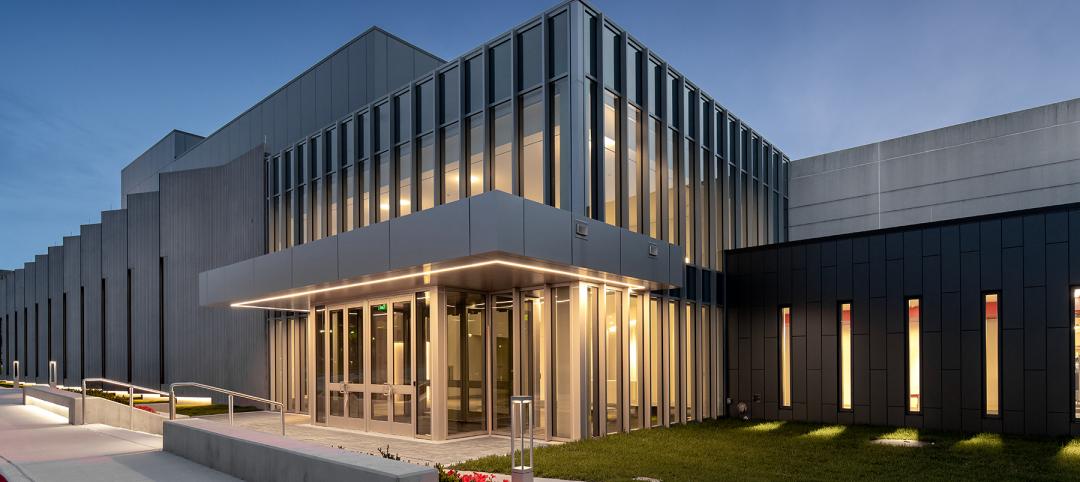
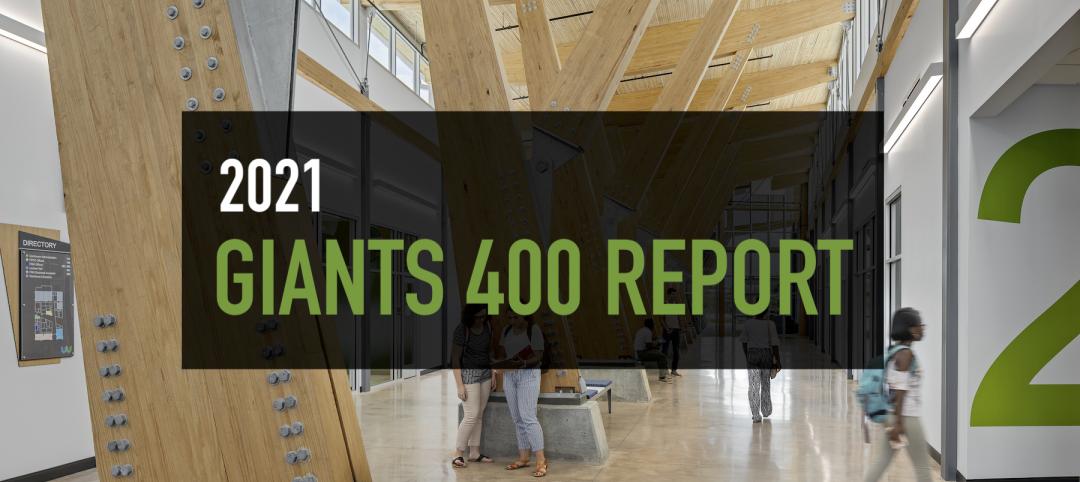
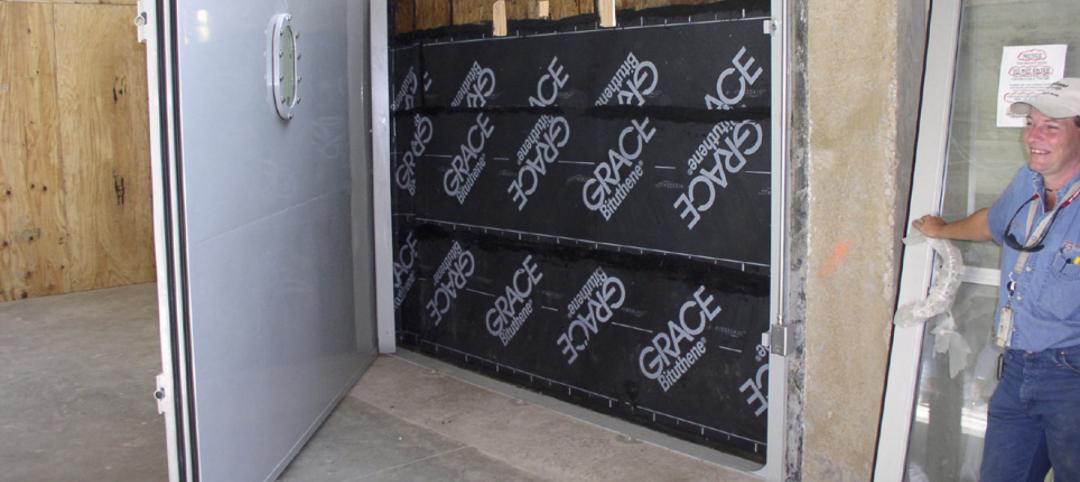
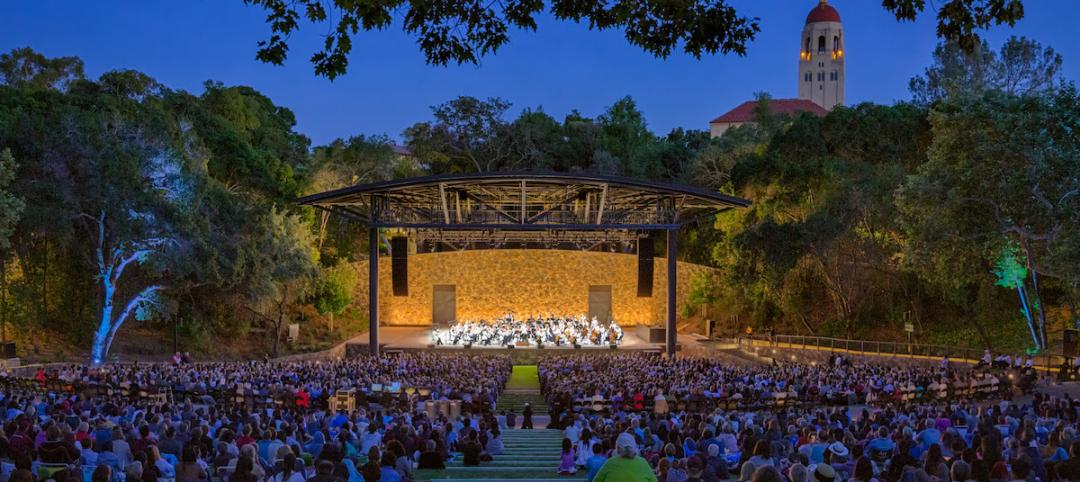
![Oceanographer John Englander talks resiliency and buildings [new on HorizonTV] Oceanographer John Englander talks resiliency and buildings [new on HorizonTV]](/sites/default/files/styles/list_big/public/Oceanographer%20John%20Englander%20Talks%20Resiliency%20and%20Buildings%20YT%20new_0.jpg?itok=enJ1TWJ8)
